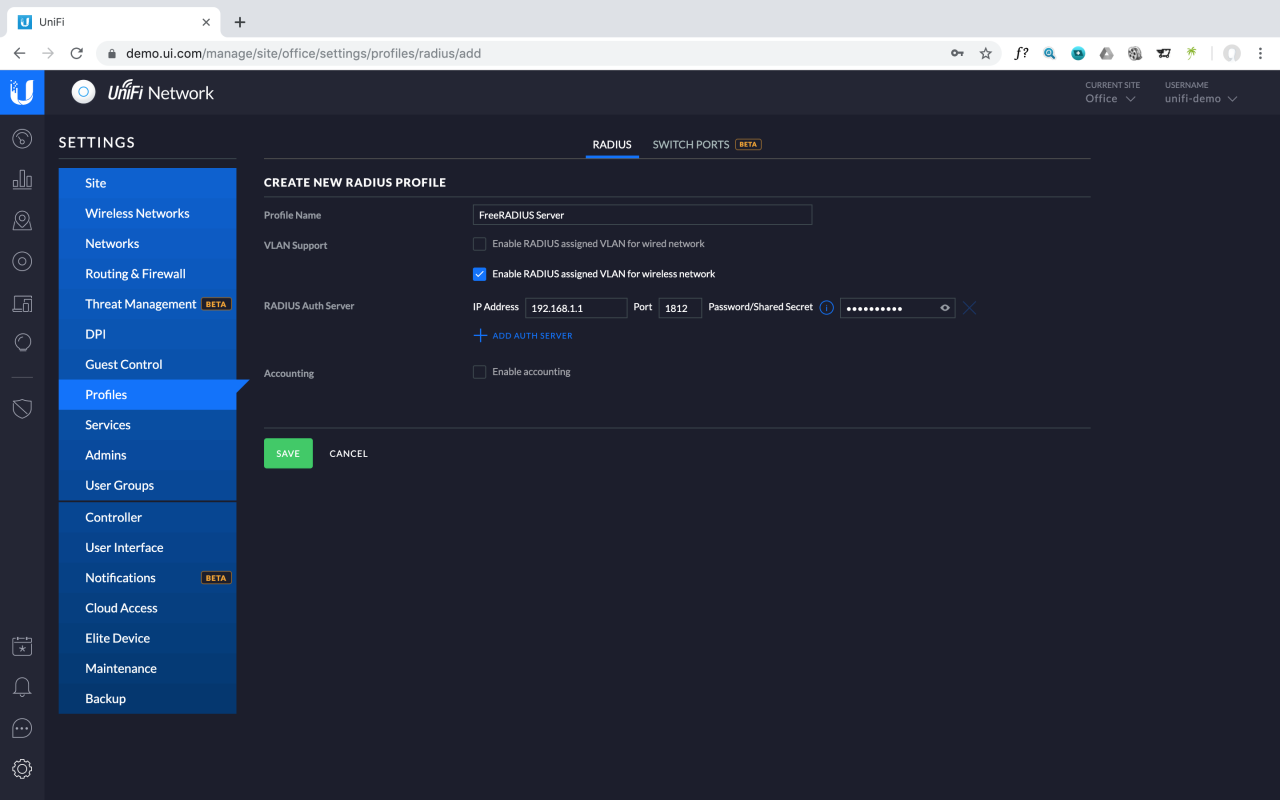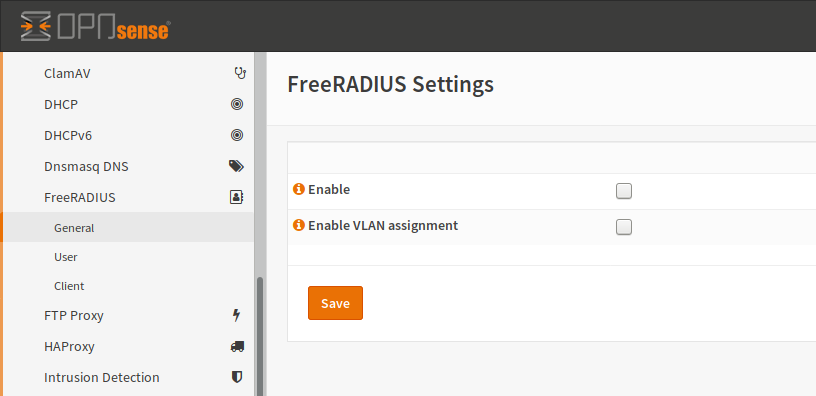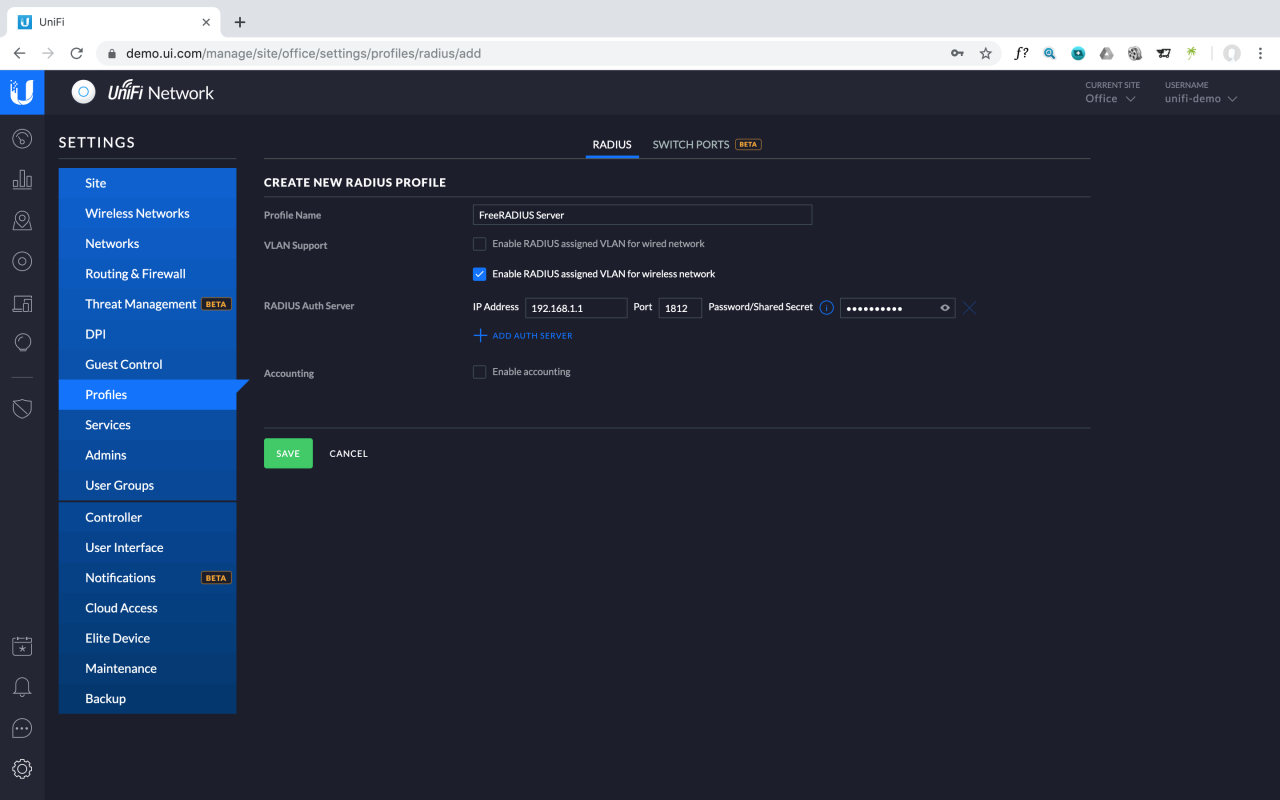FreeRADIUS, a robust and open-source RADIUS server, empowers network administrators to manage user access and security with unparalleled control. It acts as a central authentication and authorization point, ensuring secure access to network resources while streamlining administrative tasks.
At its core, FreeRADIUS enables network administrators to define granular access policies based on user identities, device types, and network conditions. This empowers organizations to enforce secure network access, protect sensitive data, and comply with industry regulations.
FreeRADIUS Overview

FreeRADIUS is an open-source RADIUS server that provides centralized authentication, authorization, and accounting (AAA) services for network devices. It is a versatile and widely used solution for managing access to various network resources, including Wi-Fi networks, VPNs, and other network services.
Core Functionalities of FreeRADIUS
FreeRADIUS offers a comprehensive set of functionalities that enable it to effectively manage AAA services for networks. Here are the key functionalities:
- Authentication: FreeRADIUS verifies the identity of users attempting to access network resources. It supports various authentication protocols, including RADIUS, LDAP, and Kerberos, allowing for flexible integration with existing systems.
- Authorization: Once authenticated, FreeRADIUS determines the level of access granted to users based on predefined policies. This includes defining specific permissions, such as access to specific network segments, bandwidth limits, and time-based restrictions.
- Accounting: FreeRADIUS tracks user activity and usage patterns, providing valuable insights into network behavior. This includes recording session start and end times, data usage, and other relevant information for billing, troubleshooting, and security analysis.
Use Cases in Network Security
FreeRADIUS plays a crucial role in enhancing network security by providing a centralized point of control for managing user access and enforcing security policies. Here are some prominent use cases:
- Wi-Fi Authentication: FreeRADIUS is widely used for authenticating users connecting to Wi-Fi networks. It allows for secure access control, including password-based authentication, guest access, and captive portals.
- VPN Access Control: FreeRADIUS enables secure access to VPNs by authenticating users and enforcing access policies. This ensures only authorized users can connect to the VPN and access sensitive network resources.
- Network Access Control (NAC): FreeRADIUS can be integrated with NAC solutions to enforce network access policies based on device health, user identity, and other factors. This helps prevent unauthorized devices from accessing the network and mitigates security risks.
Architecture and Components

FreeRADIUS is a modular and flexible system, designed to be easily extensible and adaptable to various network environments. It utilizes a client-server architecture, where the server component handles authentication and authorization requests from various clients, including network devices, applications, and users.
The core components of FreeRADIUS are interconnected and work together to facilitate the authentication and authorization process.
The Core Components of FreeRADIUS
The primary components of FreeRADIUS are:
- RADIUS Server: The central component of FreeRADIUS, responsible for processing authentication and authorization requests from clients. It manages user accounts, policies, and configurations.
- RADIUS Clients: Network devices, applications, or other systems that send authentication and authorization requests to the RADIUS server. These clients typically include network access servers (NAS), VPN gateways, wireless access points, and other network infrastructure components.
- RADIUS Dictionary: A central repository of definitions for attributes used in RADIUS messages. It defines the structure and meaning of various attributes exchanged between the server and clients.
- Modules: Extensible components that provide additional functionality to the RADIUS server. Modules can be used to support different authentication methods, authorization policies, accounting protocols, and other features.
The Authentication and Authorization Process
The authentication and authorization process in FreeRADIUS involves a series of interactions between the RADIUS server and clients.
- Authentication Request: A RADIUS client sends an authentication request to the RADIUS server. The request contains information about the user, such as username, password, and other relevant details.
- Authentication Response: The RADIUS server receives the authentication request and verifies the user’s credentials against its database. If the authentication is successful, the server sends an authentication response back to the client. The response includes information about the user’s access rights and other relevant details.
- Authorization Request: After successful authentication, the RADIUS client may send an authorization request to the server. This request asks the server to determine whether the user has permission to access specific resources or perform certain actions.
- Authorization Response: The RADIUS server evaluates the user’s access rights and policies and sends an authorization response back to the client. This response indicates whether the user is authorized to access the requested resource or perform the requested action.
Interaction Between Components, Freeradius
The components of FreeRADIUS interact with each other through a well-defined communication protocol called the RADIUS protocol. The RADIUS protocol uses UDP (User Datagram Protocol) for communication and defines a set of standard messages and attributes for exchanging information between the server and clients.
- RADIUS Messages: The RADIUS protocol uses a variety of messages to facilitate communication between the server and clients. Some of the most common messages include:
- Access-Request: Sent by a RADIUS client to initiate an authentication or authorization request.
- Access-Challenge: Sent by the RADIUS server to request additional information from the client, such as a password or a challenge response.
- Access-Accept: Sent by the RADIUS server to indicate successful authentication or authorization.
- Access-Reject: Sent by the RADIUS server to indicate failed authentication or authorization.
- RADIUS Attributes: Each RADIUS message contains a set of attributes that provide information about the request or response. These attributes are defined in the RADIUS dictionary and used to convey information such as username, password, authentication type, authorization rules, and accounting data.
Authentication and Authorization Mechanisms
FreeRADIUS offers a wide range of authentication and authorization mechanisms, enabling secure access to network resources based on user identities and policies. These mechanisms ensure that only authorized users can access the network and its resources.
Authentication Methods
FreeRADIUS supports various authentication methods, allowing administrators to choose the most suitable approach for their environment.
- Password Authentication: The most common method, where users provide their username and password for authentication. FreeRADIUS verifies the credentials against a configured database or directory service.
- One-Time Password (OTP): A more secure method, where users receive a time-sensitive code, usually via SMS or email, which they enter along with their username. This prevents unauthorized access even if the password is compromised.
- Digital Certificates: Uses digital certificates to verify user identity. This method provides strong authentication and non-repudiation, ensuring that the user is who they claim to be.
- Challenge-Response Authentication: A method where the server sends a challenge to the client, which must respond with a specific value. This prevents replay attacks and ensures that the client is actively participating in the authentication process.
- Token-Based Authentication: Users receive a token after successful authentication. This token is then used for subsequent requests, eliminating the need for repeated authentication.
Authorization Mechanisms
Once a user is authenticated, FreeRADIUS uses authorization mechanisms to control their access to network resources. This involves defining policies that specify which resources users are allowed to access based on their roles, groups, or other attributes.
- Access Control Lists (ACLs): A set of rules that define which users or devices are allowed to access specific network resources, such as specific IP addresses, ports, or protocols. ACLs are used to restrict access to sensitive resources and prevent unauthorized access.
- Role-Based Access Control (RBAC): A method where users are assigned roles, and each role is associated with a set of permissions. This allows administrators to easily manage user access by assigning them appropriate roles.
- Attribute-Based Access Control (ABAC): A more flexible approach that uses attributes to define access policies. These attributes can be anything relevant to the user, such as their location, department, or device type. This allows for fine-grained control over user access based on specific conditions.
Authentication Protocol Comparison
FreeRADIUS supports various authentication protocols, each with its own advantages and disadvantages.
| Protocol | Description | Advantages | Disadvantages |
|---|---|---|---|
| RADIUS | Remote Authentication Dial-In User Service, a standard protocol for centralized authentication and authorization. | Widely adopted, flexible, supports multiple authentication methods. | Can be complex to configure, may not be as secure as other protocols. |
| LDAP | Lightweight Directory Access Protocol, a directory service protocol used for storing and retrieving user information. | Scalable, efficient, provides a centralized repository for user information. | Requires a separate directory server, may not be suitable for small deployments. |
| TACACS+ | Terminal Access Controller Access Control System Plus, a protocol for network access control. | Secure, supports multiple authentication methods, offers fine-grained access control. | Proprietary protocol, less widely adopted than RADIUS. |
Conclusive Thoughts

From authentication and authorization to integration with diverse network devices, FreeRADIUS stands as a cornerstone for modern network security. Its adaptability, extensibility, and active community ensure its continued relevance in evolving network environments. Whether securing corporate networks, managing Wi-Fi hotspots, or controlling access to critical infrastructure, FreeRADIUS provides a comprehensive and reliable solution for network access control.
FreeRADIUS is a powerful open-source RADIUS server, often used for network authentication and authorization. If you’re looking for a way to get creative with your network security, you might want to check out the DIY security project i spy diy , which explores some interesting ways to enhance your network security with simple, hands-on techniques.
While FreeRADIUS is a robust and reliable solution, exploring these DIY approaches can provide valuable insights into the world of network security and how FreeRADIUS can be integrated into your overall security strategy.

